Award-winning Front of House engineer Simon Honywill found DPA solutions when he was asked to tackle sound design for a non-conventional new live music and dance production called The Nature of Why. He managed to point DPA microphones directly at PA speakers with no feedback. Here’s how he did it.
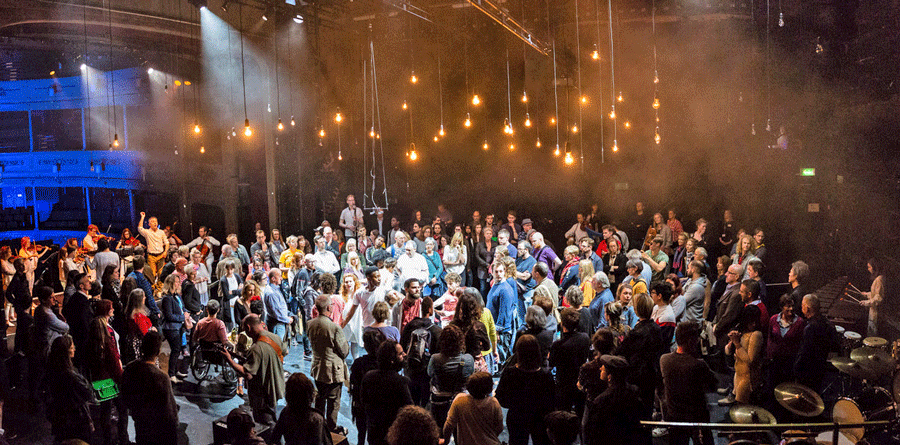
Using a combination of DPA microphones and EM Acoustics loudspeakers positioned in a circle around the stage, Honywill pulled off the task of creating an ambient acoustic ‘bubble’ for this unusual performance in which the audience is as much a part of the show as the musicians and dancers.
“I needed to make sure all the microphones I was using were as predictable as possible,” Simon Honywill explains. “DPA was the obvious choice – not just because they are always my first choice but because each microphone sounds exactly the same so you know you are starting from the same base point.”
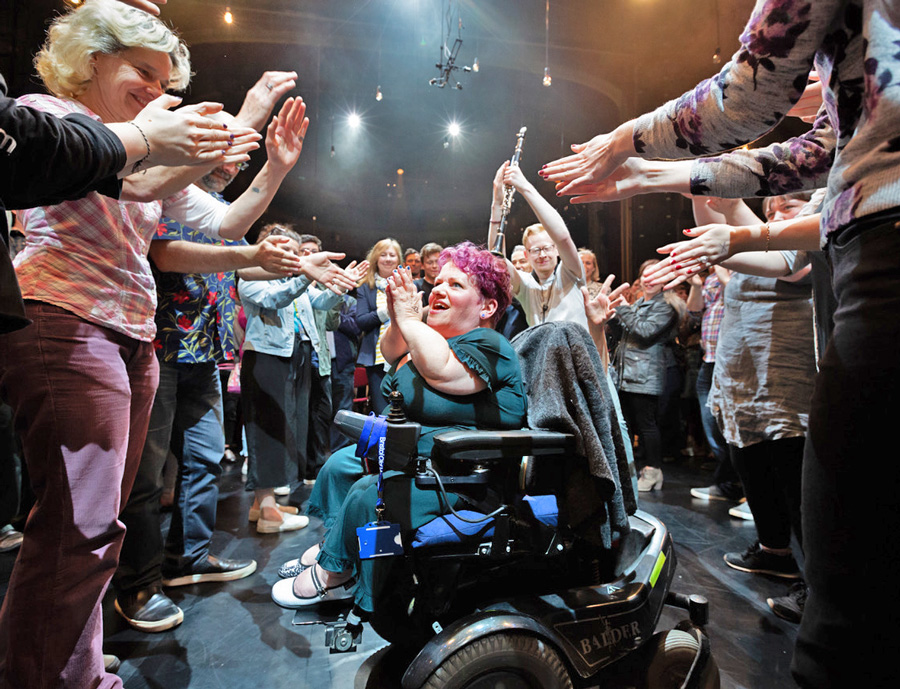
Commissioned by Unlimited, The Nature of Why takes inspiration from the Nobel prize-winning theoretical physicist Richard Feynman and his search for meaning in the world around us.
It features a cinematic live score by Goldfrapp’s Will Gregory that is performed by the British Paraorchestra, the world’s only large-scale ensemble for professional disabled musicians.
They are joined on stage by 5 dancers, choreographed by Caroline Bowditch, and the Army of Generals, an 11 piece string ensemble of non-disabled orchestral musicians that is famed for its dynamic energy-fuelled performances. The conductor was Charles Hazlewood, who also founded the Bristol-based Paraorchestra.
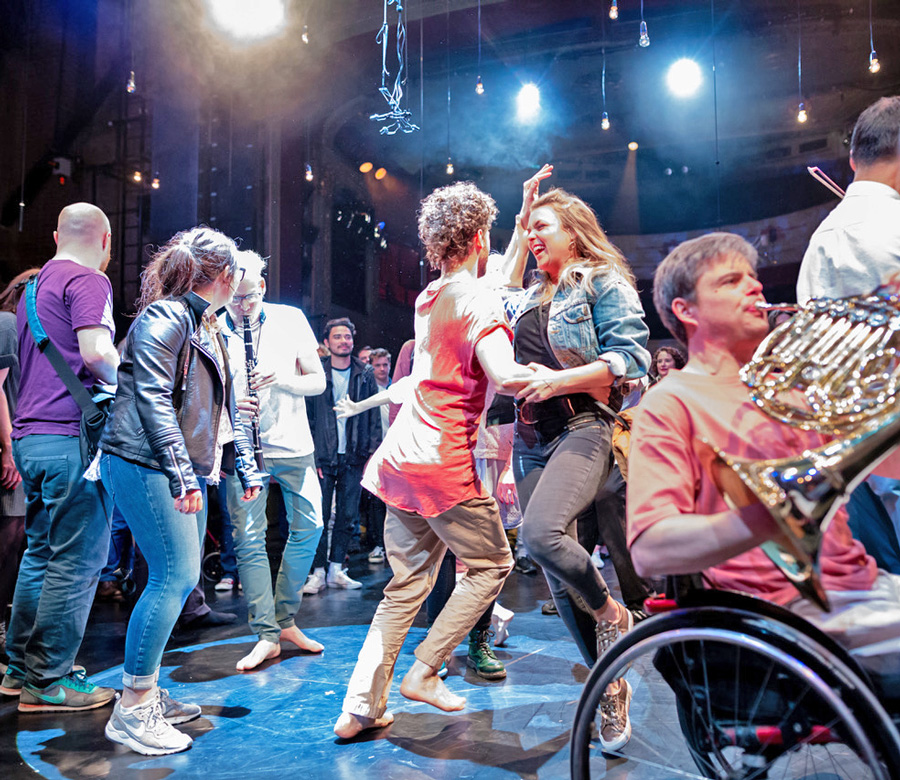
“The whole idea of The Nature of Why is to have the musicians, dancers and audience in the same space so that everyone is up close and personal,” Honywill explains.
“The performance area is so crowded that an audience member might be standing next to a viola player, yet still need to hear a percussionist who is hidden behind a crowd of other people on the opposite side of the stage.
Creating an immersive soundfield where you can hear everything and know exactly where everything is coming from, even when you can’t see if, was the main challenge. Of course you shouldn’t point a microphone at a loudspeaker, but to achieve what we wanted that was exactly what we did.”
Throwing convention out of the window
And it worked, as can be attested by the reaction of reviewers who described The Nature of Why as a show that threw convention out of the window, reshaped the audience experience and allowed people to see, hear and feel the performance in a totally new way.
With a career in sound that spans more than 35 years, and as a DPA Master, Simon Honywill certainly has the experience to bend the rules of microphone placement when he needs to. For this production he says the choice of microphone was just as important as the position if he was to achieve the acoustic bubble he wanted.
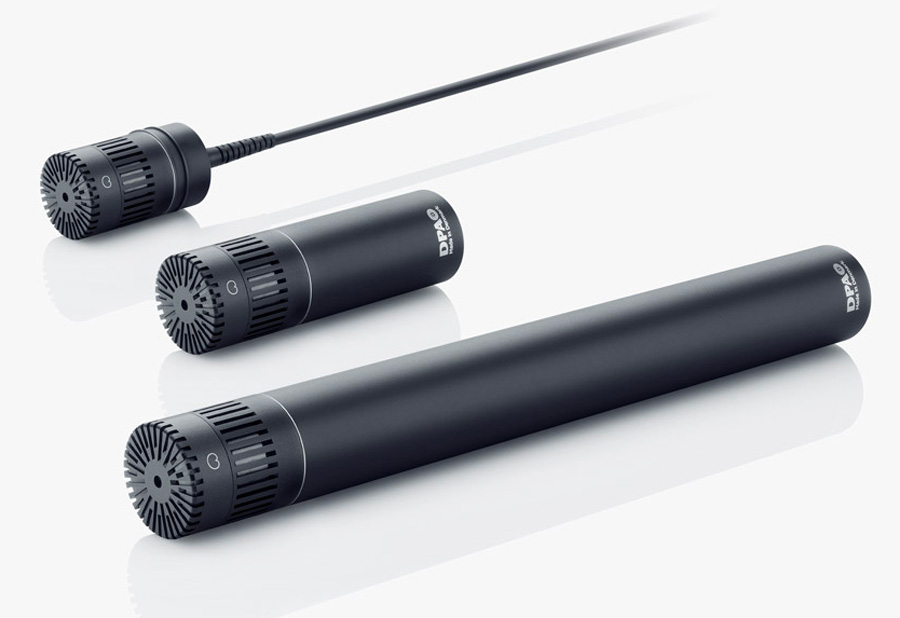
Honywill hung d:dicate™ 4011A Cardioid Condenser microphones in a circle over the performance space, with two stereo pairs back to back in the centre so they covered 360 degrees and the remaining eight around the edge of the circle at points of the compass. Each microphone was 2.7 meters above the ground.
“This arrangement allowed me to route the microphones to the various speakers, which I had positioned in ring around the stage,” he says.
“At certain points during the performance the audience hears audio clips from a Richard Feynman interview. This arrangement allowed me to direct his voice through various speakers so that is sounded as though he was in a number of different places. The overall effect was really successful because you feel a wonderful sense of directional placement and space.”
People all over the stage
With people all over the stage it was also important to highlight the sound of various instruments so they could be heard by everyone. A selection of d:vote™ 4099 Instrument Microphones and d:screet 4061™ Miniature Omnidirectional microphones were used to great effect and their input was incorporated into the multitrack mix.
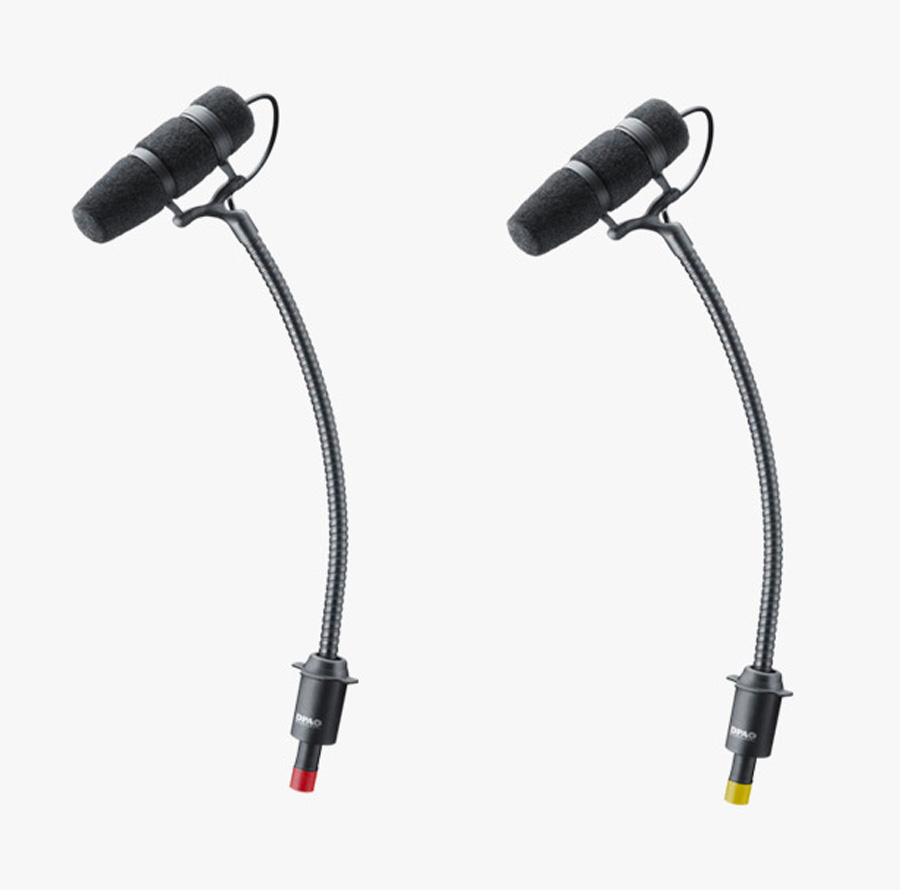
“I had lots of direct sounds to play with, as well as the ambient sound from the d:dicate 4011As,” Honywill says. “All the mics were radio mics and I made sure to set up the overhead mics so there was coverage of the entire area with minimal chance of feedback. I could have done this project with different microphones but I chose DPA because they always give me the results I want.
Predictable sound between each microphone was really important, as was knowing how far I could push the microphones before anything distorted. They gave me a very even soundfield, which was what I needed – and they also gave me a sound I really like, which is why I use them all the time.”
Since its premier at the Bristol Old Vic in May 2018, The Nature of Why has been performed at the Queen Elizabeth Hall in London and is about to travel to Perth in Australia. It will then return to the UK for performances in Cardiff and Brighton later this year.
More information on DPA microphones and EM Acoustics loudspeakers.







